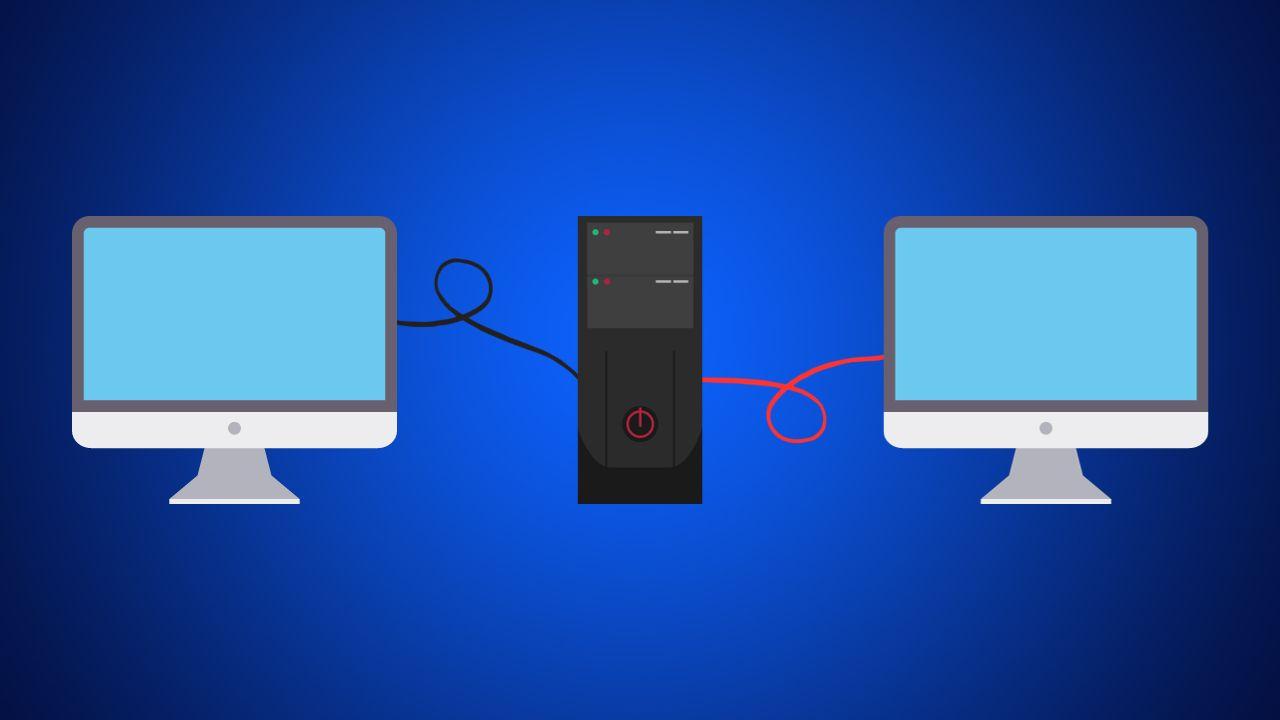Personal computers are based on a central processing unit, also called a CPU or processor. Its main function is to carry out all the tasks we ask of it as quickly as possible. Additionally, we have other components that help you with these tasks.
It is therefore normal to think that with a single processor we can only have one computer. You should know that this is not the case, there are different ways to have several computers using a single processor. Basically this is achieved with virtual machines.
Having multiple computers with a single processor is more than possible
Believe it or not, this type of system is really usual
This is just one type of configuration, there are others that allow you to share a CPU. Another option is to create Virtual machines inside a computer. A fairly common technique that allows us to have a computer inside our computer. What’s interesting is that we can use it to test operating systems or create secure environments to test software of questionable legitimacy, among other things.
Within virtual machines there are variations, which can be local or in the cloud. When we talk about local virtual machines,
There is even a final option that allows us to use multiple computers with a single processor.
“Stupid” terminals
This system is a bit of a combination of all the previous ones, but with quite a few particularities. Stupid, goofy, or gregarious terminals are essentially based on input and output devices. Concretely, we have a monitor that shows us the information and a keyboard (sometimes a mouse is added) to carry out actions.
Both devices connect to a computer with a processor, RAM, storage, etc. A computer can host several of these stupid terminals, but this depends on the limiting factors of the number of processor cores and the amount of RAM.
Dumb terminals are usually implemented in libraries, institutes and public places. In these sites, very basic mini PCs are used which connect to a server. They simply serve as a link between the two points.
These types of configurations are typically done through Citrix, which is a very robust software ecosystem focused on these tasks. The organization or company has servers on which tasks are performed and information is stored centrally. It helps, among other things, to improve network security and save resources.










